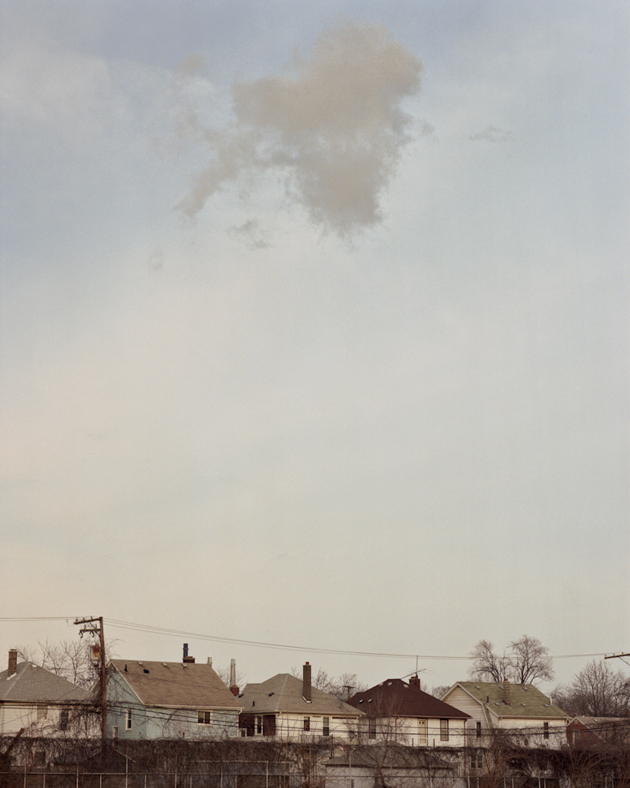The River Rouge coal plant near Detroit is the perfect test case for the challenge facing anti-coal activists: On one hand, its pollution is responsible for an estimated 44 deaths, 72 heart attacks, and 700 asthma attacks. On the other, the plant provides a significant chunk of the town’s revenue, as well as decent-paying blue-collar jobs. As the Beyond Coal campaign zeroes in on its target of shutting down one-third of the nation’s coal plants by 2020, its success will depend on whether it can help communities, and workers, find alternative ways to survive.
Photographer Daniel Shea, who has spent nearly five years working on a project about the coal industry in Appalachia, documented the plant and its surroundings for Mother Jones.

At the time of its construction, in 1956, the River Rouge plant was the largest in the world.

For miles in each direction from the plant runs a vast industrial area.


Rhonda Anderson grew up in the neighborhood; today, she’s an organizer with the Sierra Club, which is working with the community to figure out how to replace the jobs and tax revenue provided by the plant.

Anderson remembers her father taking her to Belanger Park, adjacent to the plant. Today she takes granddaughter N’Deye Anderson-Mack.

The River Rouge, not far from the plant.



Homes in the town of River Rouge, pop. 7,903.




















